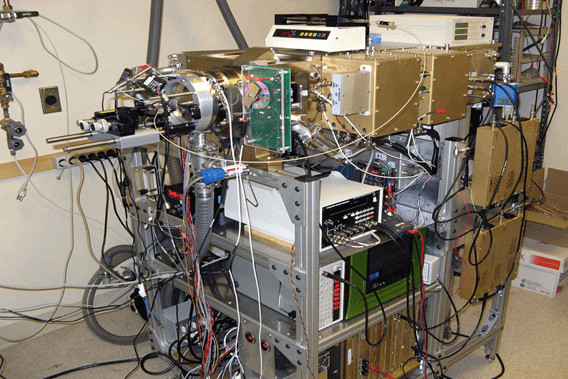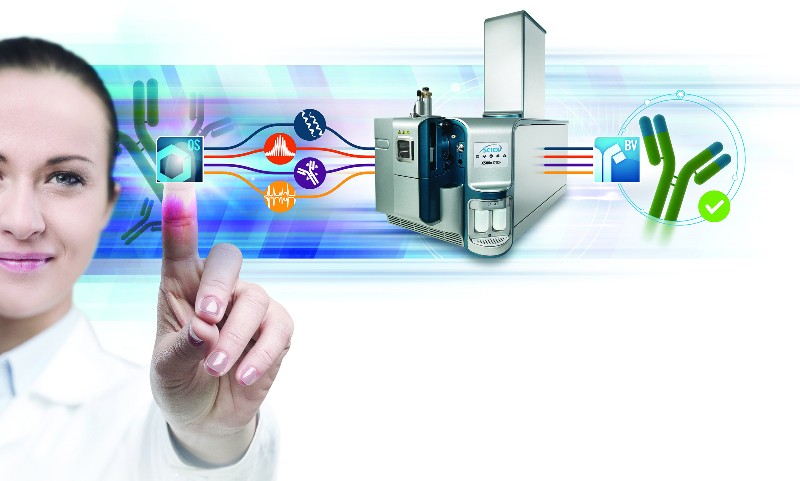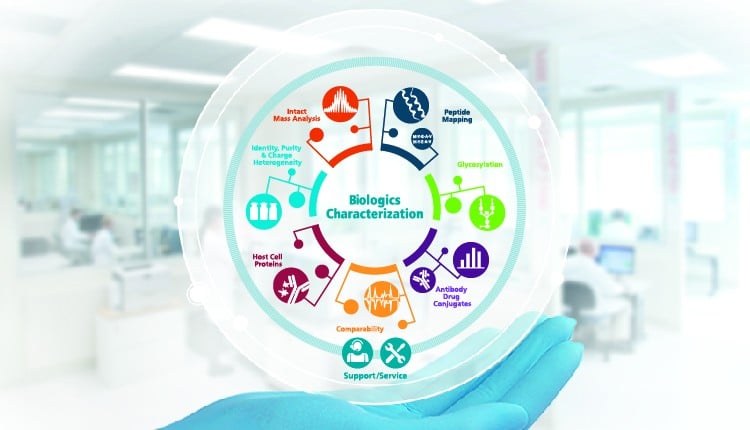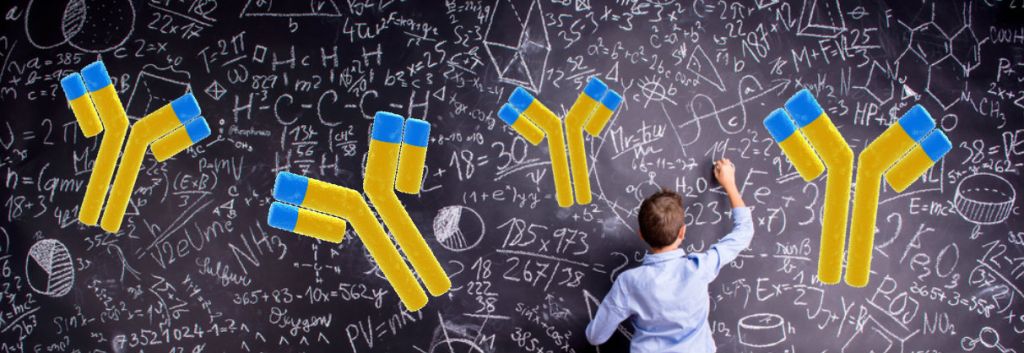Characterizing biologics has become an essential step for successful drug development. We connected with SCIEX to learn how to tackle the biggest challenges.
Biologics are taking over the market. Some of the top-selling drugs worldwide are antibodies and recombinant proteins, and new technologies such as Antibody-Drug Conjugates (ADCs) are on track to revolutionize the extremely challenging oncology field.
However, since biologics are commonly produced in living cells, product heterogeneity is inevitable and must be taken into account when developing a new drug. Assessing this heterogeneity is vital to minimize risks at the design stage, during development, and at the quality control stage. Therefore, tackling the challenges of accurate characterization of biotherapeutics is critically important for their efficacy and safety, and ultimately to the success of the product.
Simplifying Characterization
One of the most powerful techniques for protein analysis is Liquid Chromatography – Mass Spectrometry (LC-MS). This technique, already established for revealing major quality attributes on intact protein, subunit and peptide mapping analysis modes in the drug development phase, is gaining more and more relevance across the whole process of biologics production, from drug discovery to quality assurance and control (QA/QC).
But despite its huge contribution to biologics characterization, LC-MS has largely remained a technique for expert users with complex operation and maintenance requirements. Instrument operation, data acquisition and processing all require deep understanding of the technology and the software.
Often, specialized and trained staff is required to handle existing equipment even for day-to-day routine experiments for protein characterization. There’s a growing need for equipment that can reduce the complexity at both the operational and data processing levels to make LC-MS accessible to scientists of any skill level.

Tackling Real Challenges
The most innovative technologies especially require robust and reliable characterization in order to ensure their clinical success. ADCs, which combine the unique specificity of antibodies with cytotoxic drug loads and have been hailed as a promising treatment for cancer, are a great example.
One of the major challenges in the ADC field is the optimization of the Drug to Antibody Ratio (DAR). Characterizing the exact number of toxins linked to the antibody and the distribution of the drug-linked form is essential to determine the amount of payload that can be delivered to the tumor cell and ensure the drug’s activity, stability, pharmacokinetics and safety profiles.
However, this process can prove difficult given that antibodies are high molecular weight drugs with heterogeneity arising from the protein itself, even before the conjugation. Mass spectrometry can solve this challenge using different approaches. By determining the DAR of the intact ADC as well as the subunits of the antibody backbone, which enables a more specific analysis of the abundance of drug molecules on the light chain and heavy chain separately.

Although data quality is imperative for high-confidence analysis, easy and comprehensive tools for processing the data are proving to be equally important and to be key to carrying out this work on a routine basis. Whether the compound of interest is an ADC, mAb or any other type of protein, comparability assessments are in the heart of routine workflows for biotherapeutics production.
The fact that biologics are produced in living cells requires their characterization to continue throughout the product’s lifetime. Minor changes in manufacturing methods, such as scaling up capacity, changes in media supplier stock or production sites, or improving filtration processes can result in major changes in the molecule. For example, post-translational modifications (PTMs) can be affected.
Peptide mapping by LC-MS can offer further valuable insights into the product, but it has typically only been in the hands of experts. A data-independent acquisition method, like SWATH acquisition, offers the possibility to dig deeper into product quality attributes, because of its comprehensiveness and dynamic range. SWATH yields information about all peptides in the sample, utilizing both MS and MS/MS data for absolute confidence, giving detailed and clear information about the important quality attributes of the biotherapeutic compound and making the comparability process easier for experts and novices alike.
A Solution for Every Step
Although easy-to-use LC-MS methods have become essential for biologics characterization, getting the full picture requires further analysis techniques. SCIEX offers solutions that cover a whole spectrum of analytical methods to support development of biotherapeutics, including elucidation of glycosylation patterns, assessment of product-related, and host cell-related, impurity analysis… all integrated within a single provider.
For example, one of the main issues concerning the development and manufacturing of biotherapeutics is the presence of Host Cell Proteins (HCPs). These are proteins from the organism used to produce the biotherapeutic protein, the host cell, and constitute challenging impurities in the production process. These proteins can affect the product efficacy and generate an unpredictable immunogenic response. Therefore, it is a regulatory requirement to identify and quantify the presence of HCPs during process development and in the final product.
Analytical methods employed today for measuring HCPs, such as ELISA and western blot, suffer from low specificity, cross-reactivity and the chance of missing contaminants, as well as facing dynamic range challenges. LC-MS Workflows utilizing SWATH acquisition have proved to provide an alternative to those traditional methods, showing high sensitivity together with a wide dynamic range able to deliver both the identity and relative quantity of all the contaminating HCPs, without a bias.

Getting the full picture might seem complex at first but can be made easier and faster using the right methods and workflows. From the very first steps of drug discovery and development, characterization can be the key to success for a biologic. SCIEX strives to provide the best solutions and services to de-risk pipelines and help developers make the most of the latest innovations in biomedicine.
Taking the most information out of your biologic has never been easier and faster. Learn more about mass spectrometry in this webinar.
Images from Halfpoint /Shutterstock; SCIEX





